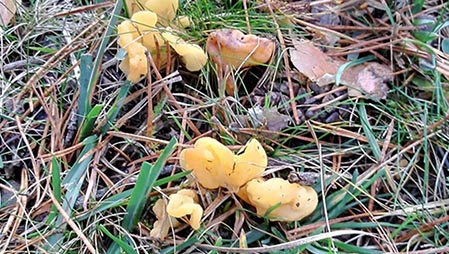
Soil health, and the closely related terms of soil quality and fertility, is considered as one of the most important characteristics of soil ecosystems. The integrated approach to soil health assumes that soil is a living system and soil health results from the interaction between different processes and properties, with a strong effect on the activity of soil microbiota. All soils can be described using physical, chemical, and biological properties, but adaptation to environmental changes, driven by the processes of natural selection, are unique to the latter one.
This mini review focuses on fungal biodiversity and its role in the health of managed soils as well as on the current methods used in soil mycobiome identification and utilization next generation sequencing (NGS) approaches. The authors separately focus on agriculture and horticulture as well as grassland and forest ecosystems. Moreover, this mini review describes the effect of land-use on the biodiversity and succession of fungi. In conclusion, the authors recommend a shift from cataloging fungal species in different soil ecosystems toward a more global analysis based on functions and interactions between organisms.
Fungal biodiversity and their role in soil health
Magdalena Frac; Silja E. Hannula; Marta Belka & Malgorzata Jȩdryczka
Frontiers in Microbiology (2018)
https://www.frontiersin.org/articles/10.3389/fmicb.2018.00707/full


